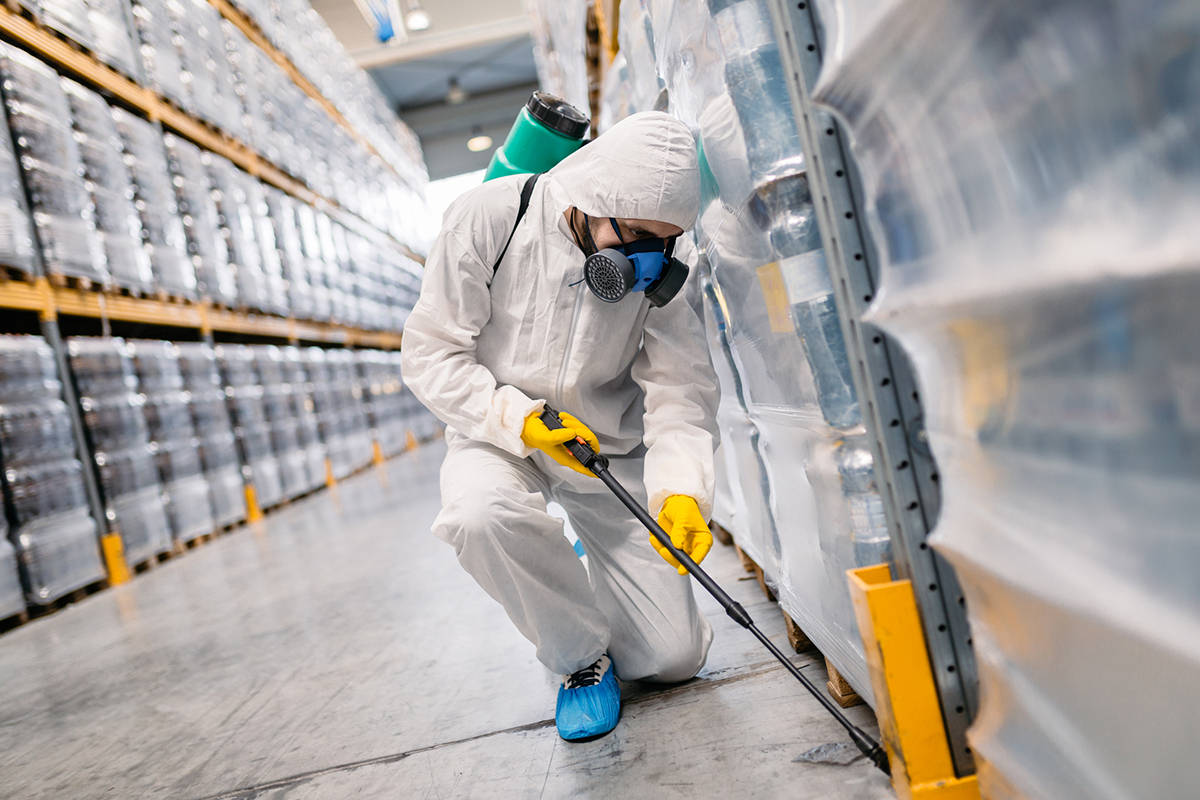Pest control is a significant concern for people living in urban areas. With the increasing population and development in cities, the number of pests is also on the rise. These unwanted organisms not only cause damage to property but also pose a threat to human health. Due to this, there is a growing need for safe and effective pest control methods that can be implemented in urban areas.
One of the biggest challenges faced in implementing safe pest control practices in urban areas is finding methods that do not harm humans or the environment. Traditional pest control methods often involve the use of harmful chemicals, which can have adverse effects on human health and pollute the environment. Therefore, it becomes essential to adopt more environmentally friendly and sustainable solutions for pest management.
Integrated Pest Management (IPM) is one such approach that aims at controlling pests through a combination of prevention, monitoring, cultural practices, biological controls, and chemical treatments only when necessary. This method promotes an eco-friendly approach towards pest management by encouraging natural alternatives like natural predators or insects that feed on pests.
Proper sanitation plays an important role in preventing and managing pests efficiently. In urban areas where proper waste management systems may https://www.youtube.com/channel/UCIN_AleVQlNpv5tLrun9tUw be lacking, garbage piles become breeding grounds for insects like flies and mosquitoes. These insects are known carriers of diseases like malaria and dengue fever which pose serious threats to public health. By ensuring proper waste disposal practices within communities, we can eliminate these breeding sites for common pests.
Another crucial factor in implementing safe pest control measures is public education and awareness regarding methods to prevent infestations within their homes or neighborhoods. This includes simple steps like fixing leaky faucets to remove sources of water that attract cockroaches or sealing cracks around windowsills to prevent ants from entering homes.
Additionally, employing physical barriers such as window screens or door sweeps can help keep out unwanted guests like flies or rodents from households while reducing dependency on chemical insecticides.
In recent years there has been an increase in the use of natural alternatives for pest control. Essential oils like peppermint, lavender, and lemongrass have been proven to be effective in repelling insects, while diatomaceous earth is a non-toxic substance that can be used to control pests like bed bugs.
Ultimately, successful implementation of safe pest control practices in urban areas requires collaboration between authorities, community members, and pest management professionals. By working together and utilizing multiple methods as part of an integrated approach to pest management, we can effectively minimize the use of harmful chemicals while still keeping our homes and communities free from unwanted pests.
In conclusion, with the rapid growth of urbanization, there is a growing need for implementing safe and sustainable methods for pest control. By adopting integrated approaches that prioritize prevention measures and incorporate natural alternatives when necessary, we can protect both human health and the environment from the negative impacts of traditional chemical methods. Education and collaboration are key elements in successfully managing pest infestations in urban areas while promoting a healthier living environment for all.





